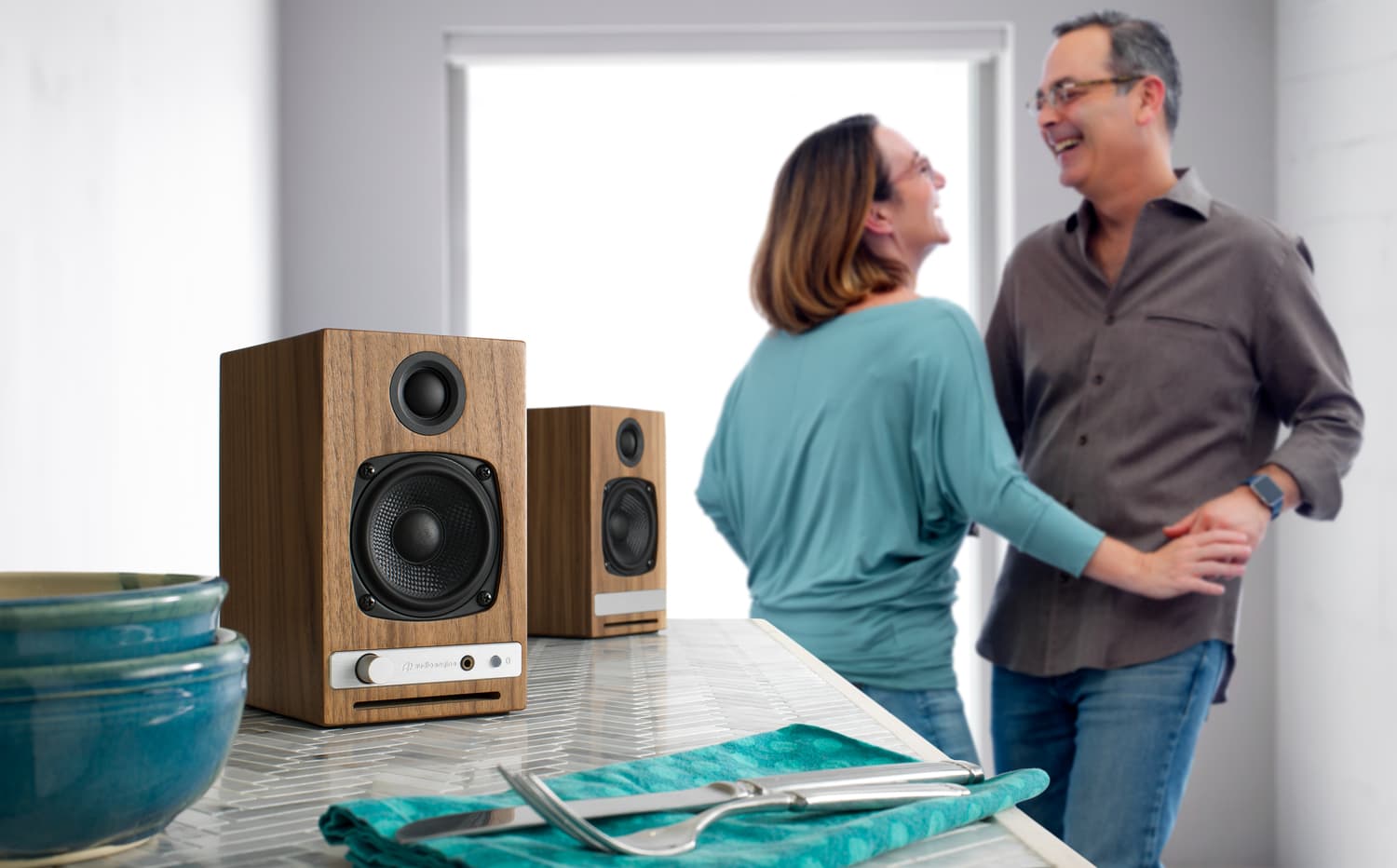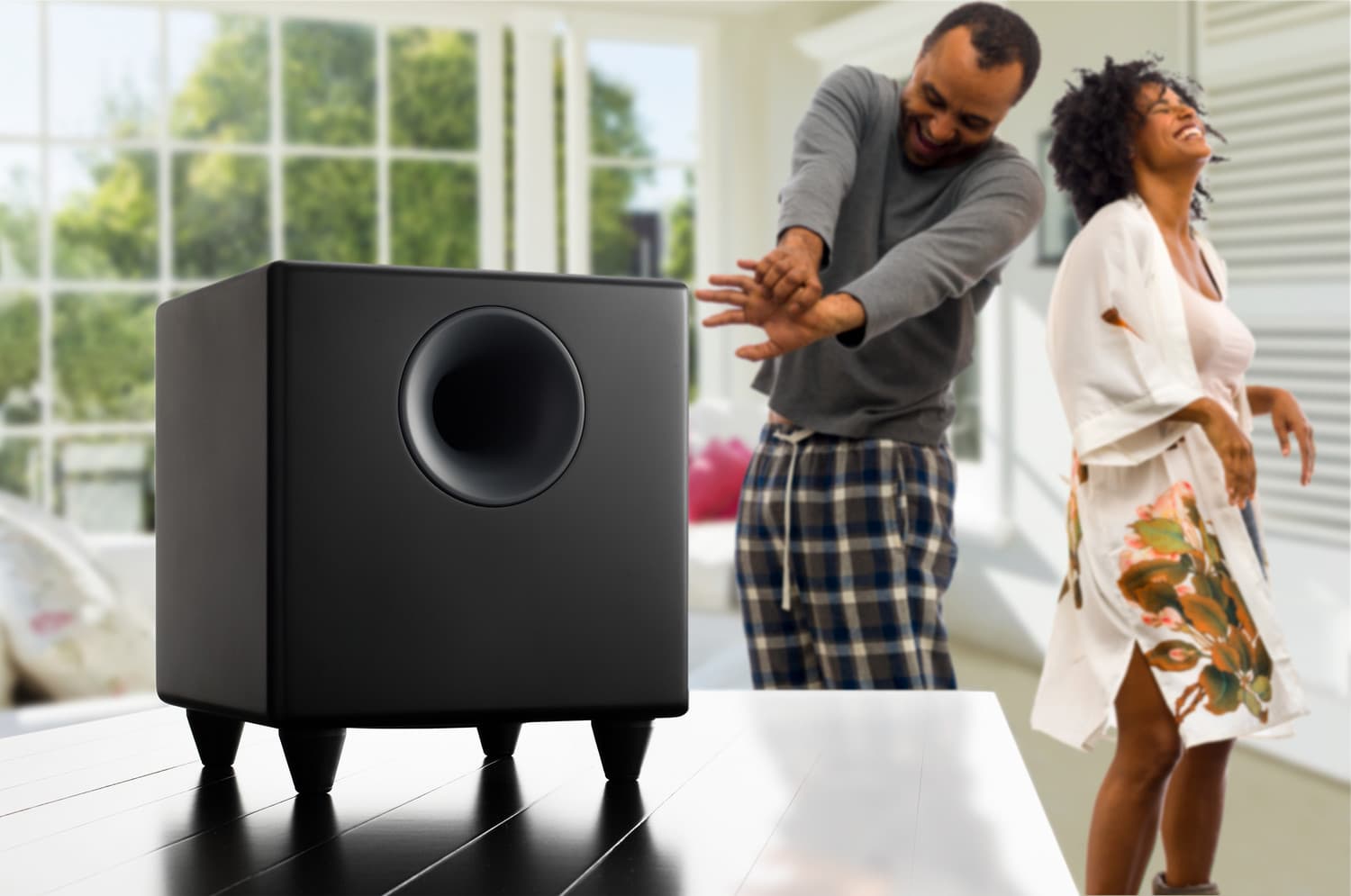
What Is Noisefloor?
To get an immediate understanding of the concept of noisefloor, take a moment to step outside your front door. Standing perfectly still and remaining silent, what do you hear?
Maybe there is a slight breeze rustling the leaves on the trees across the street; maybe a wind chime is softly singing from the corner of your house; maybe you hear the faint whisper of traffic deep in the distance.
This is the noisefloor of your front yard.
So, what is Noisefloor exactly? It the base level of inherent noise present in any given environment at any given point.

When we talk about what is noisefloor as it pertains to electronics, and more specifically speakers, we are referring to the amount of noise emitted from our speakers when they are turned on, but no audio is being played.
You see, all electronic equipment has some degree of output even when no signal is present, and this becomes especially apparent when a speaker is connected to all of this circuitry.
Let’s consider that a fan, an amplifier, a switch, and anything else that moves and/or stores electricity will also contribute to our noisefloor. Once we start adding up all the little parts and pieces in our powered speaker, we begin to see the importance of thoughtful circuit design.
The fewer unnecessary components used in our equipment, the less unnecessary noise we will hear; this is why many audiophiles agree that simplicity is king.

But Why Does It Matter?
Great question; I’m glad you asked. Let’s get back to our front yard scenario.
Say we are standing in our front yard and we want to listen to the birds, but we are having a hard time hearing them because of the freeway, and the wind chime, and those kids picking on that other kid right across the street. If we take all of those noisy environmental factors away, suddenly we can hear the birds.
Not only can we hear the birds, but we can actually differentiate between species, we can tell if two or more are communicating, etc. Once our inherent noisefloor is removed, we can really bask in the details of what we wanted to hear in the first place.

If we apply this to our speakers, it really is just as important. Consider the dynamics used in classical music. Often times, an entire orchestra will drop from a massive crescendo into almost complete silence in a split second. When the volume level drops, we don’t want to lose all of those beautiful little details hidden in near silence, but if our stereo system is hissing away, there’s a good chance we could be missing out on the best part.
To go one step further, a lot of speaker systems will have a power save mode in which certain functions lessen or cease after a period of inactivity. Having a quiet noisefloor is just as important in power save mode as it is during playback.
What if you had a set of speakers in your room and every night while you were trying to sleep, your speakers were buzzing so much it sounded like someone was using a weed eater three houses down.
These are all examples of the importance of noisefloor. But the bottom line is, noisefloor can often be an indication of the efficiency and quality of build. Too many parts usually equals too much noise, and too much noise means not being able to hear the birds.
And what is the point in having ears if you can’t hear the birds?

This is Audioengine







